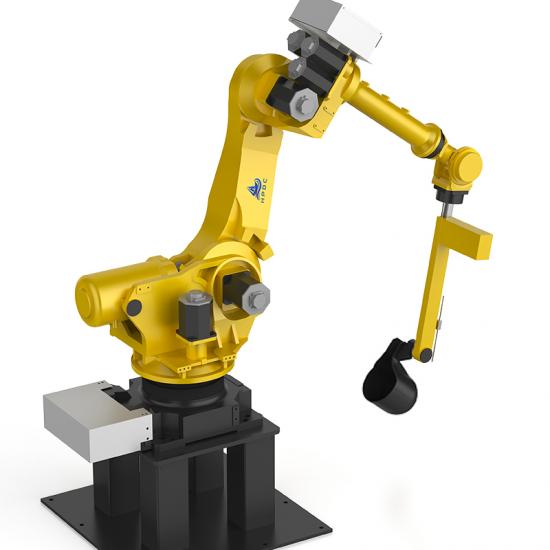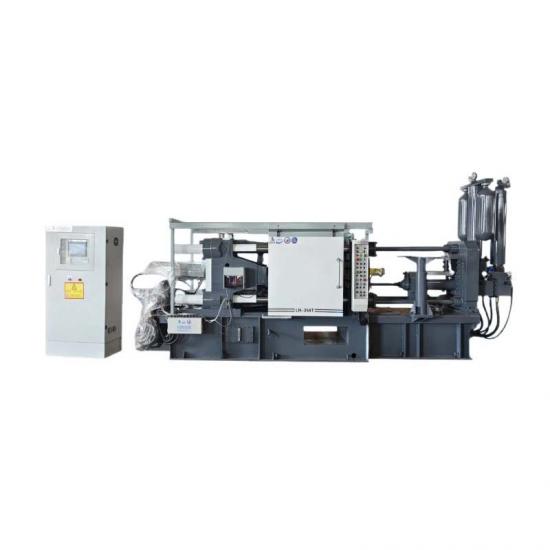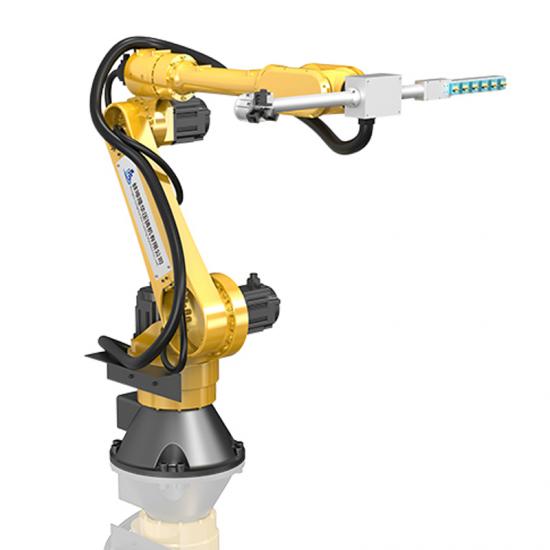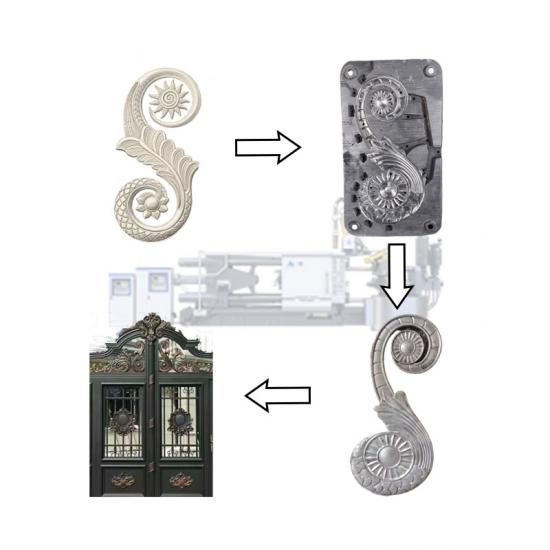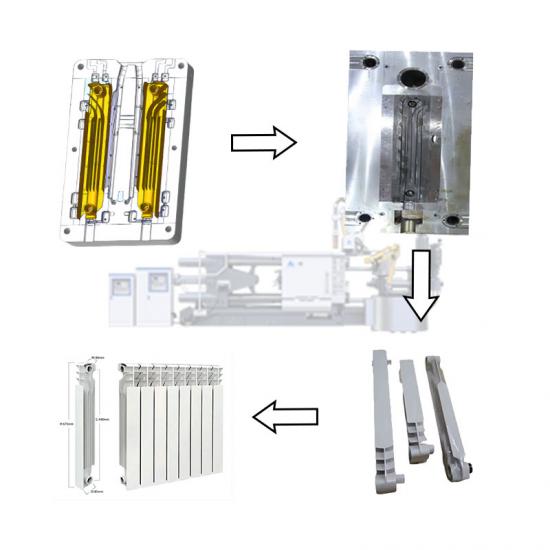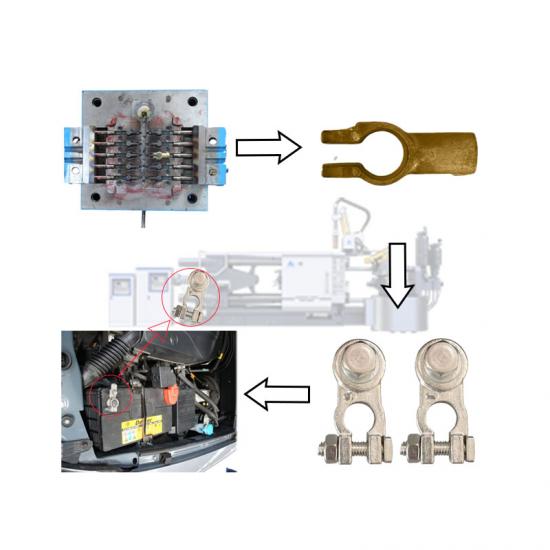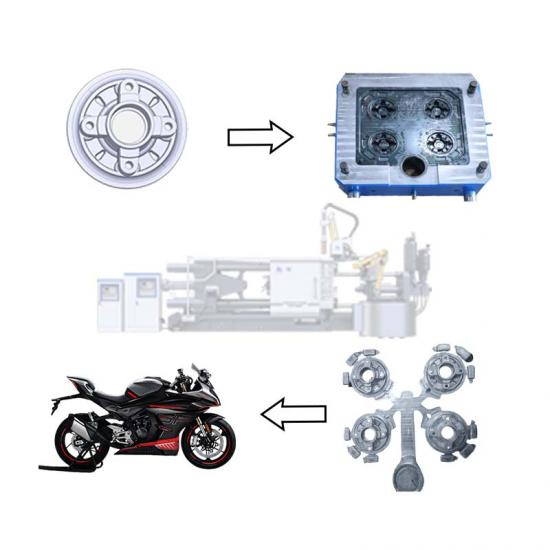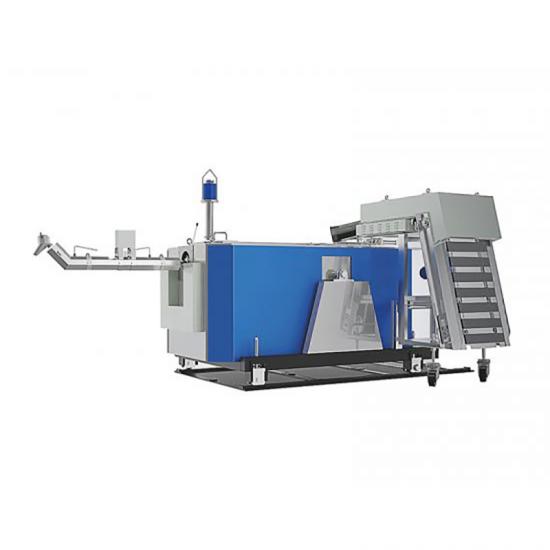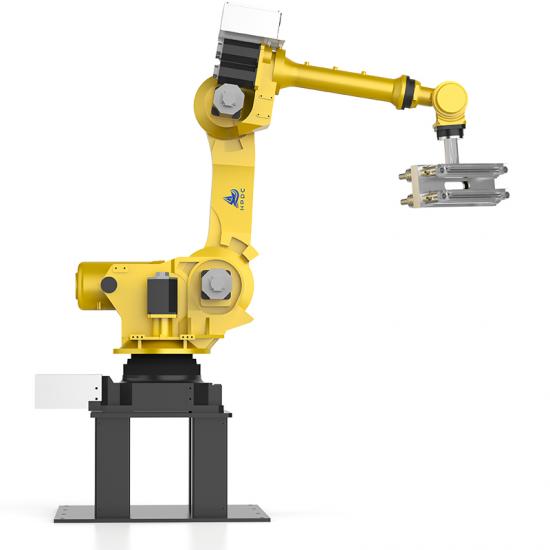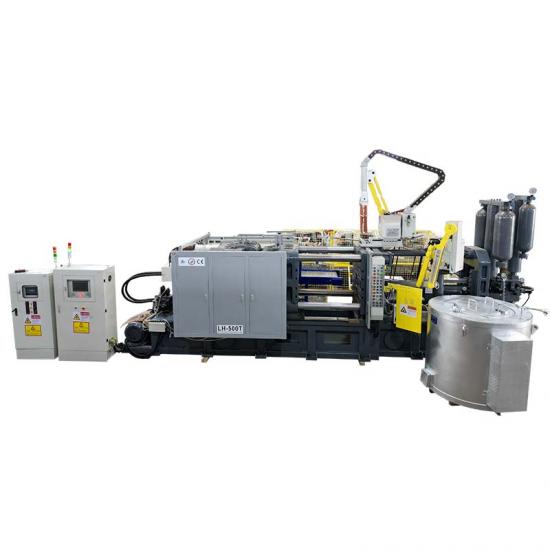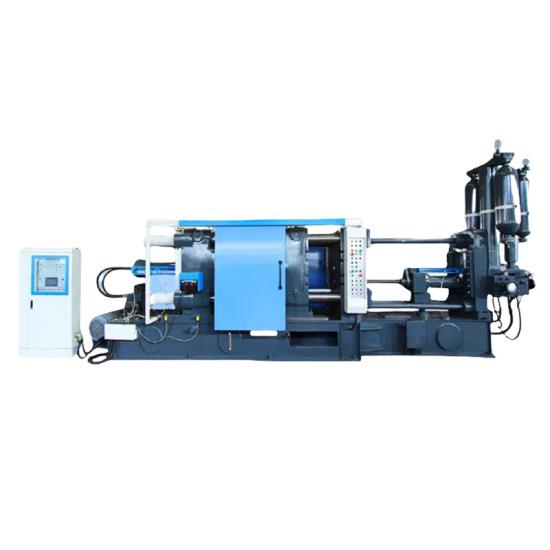Die-cast LED lamps may encounter a variety of problems during production and use. Here are some common problems and their possible causes and solutions:
1. Porosity and shrinkage
Cause: Unreasonable mold design, incorrect casting parameters, molten metal forms pores or shrinkage when cooling.
Solution:
Optimize mold design to ensure that the gas in the mold can be discharged smoothly.
Adjust casting parameters such as pressure and temperature.
Use vacuum die-casting process to reduce gas residue.
2. Cold shut and flow mark
Cause: Molten metal cools too quickly when flowing in the mold, forming a cold shut; uneven metal flow causes flow marks.
Solution:
Increase mold temperature and pouring temperature of molten metal to improve metal fluidity.
Adjust pouring speed and pressure.
Ensure that molten metal flows evenly in the mold.
3. Sticking to mold and deformation of castings
Cause: Insufficient mold surface finish or unreasonable mold design causes castings to stick to the mold or deform.
Solution:
Use high-quality release agent to ensure smooth mold surface.
Optimize mold design to ensure that the casting can be demolded smoothly.
Check and adjust the cooling system of the mold.
4. Unstable size
Cause: Unstable temperature control of the mold or inconsistent casting parameters lead to unstable casting size.
Solution:
Ensure stable mold temperature and use a temperature control system.
Strictly control casting parameters such as pressure, temperature and time.
5. Surface defects
Cause: Defects on the mold surface or impure aluminum alloy materials used lead to defects on the casting surface.
Solution:
Regularly check and maintain the mold to ensure that its surface is smooth and free of defects.
Use high-quality aluminum alloy materials to avoid impurities.
Improve the surface treatment process of the mold and improve the surface quality of the mold.
6. Internal defects
Cause: Impurities or gases are mixed into the metal liquid during the pouring process, resulting in defects inside the casting.
Solution:
Improve the purification level of the metal liquid and use filters and vacuum equipment.
Optimize the design of the pouring system to reduce the mixing of gases and impurities.
Regularly clean and maintain the equipment to ensure the cleanliness and stability of the production process.
7. Hot cracking and cold cracking
Cause: Too fast or uneven cooling of the casting leads to hot cracking or cold cracking.
Solution:
Control the cooling rate of the casting to avoid too fast cooling.
Optimize the cooling system of the mold to ensure uniform cooling.
Adjust the alloy composition to improve the crack resistance of the material.
8. Mechanical properties do not meet the standards
Cause: Inappropriate alloy composition or improper heat treatment process leads to substandard mechanical properties.
Solution:
Adjust the alloy ratio and use appropriate materials.
Optimize the heat treatment process to ensure that the casting achieves the required mechanical properties.
The quality and reliability of die-cast LED lamps can be significantly improved by systematically identifying and solving these problems. In addition, continuous quality control and process improvement are key to ensure that every step meets the expected standards.












